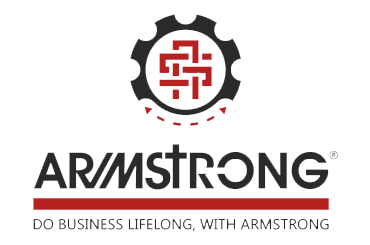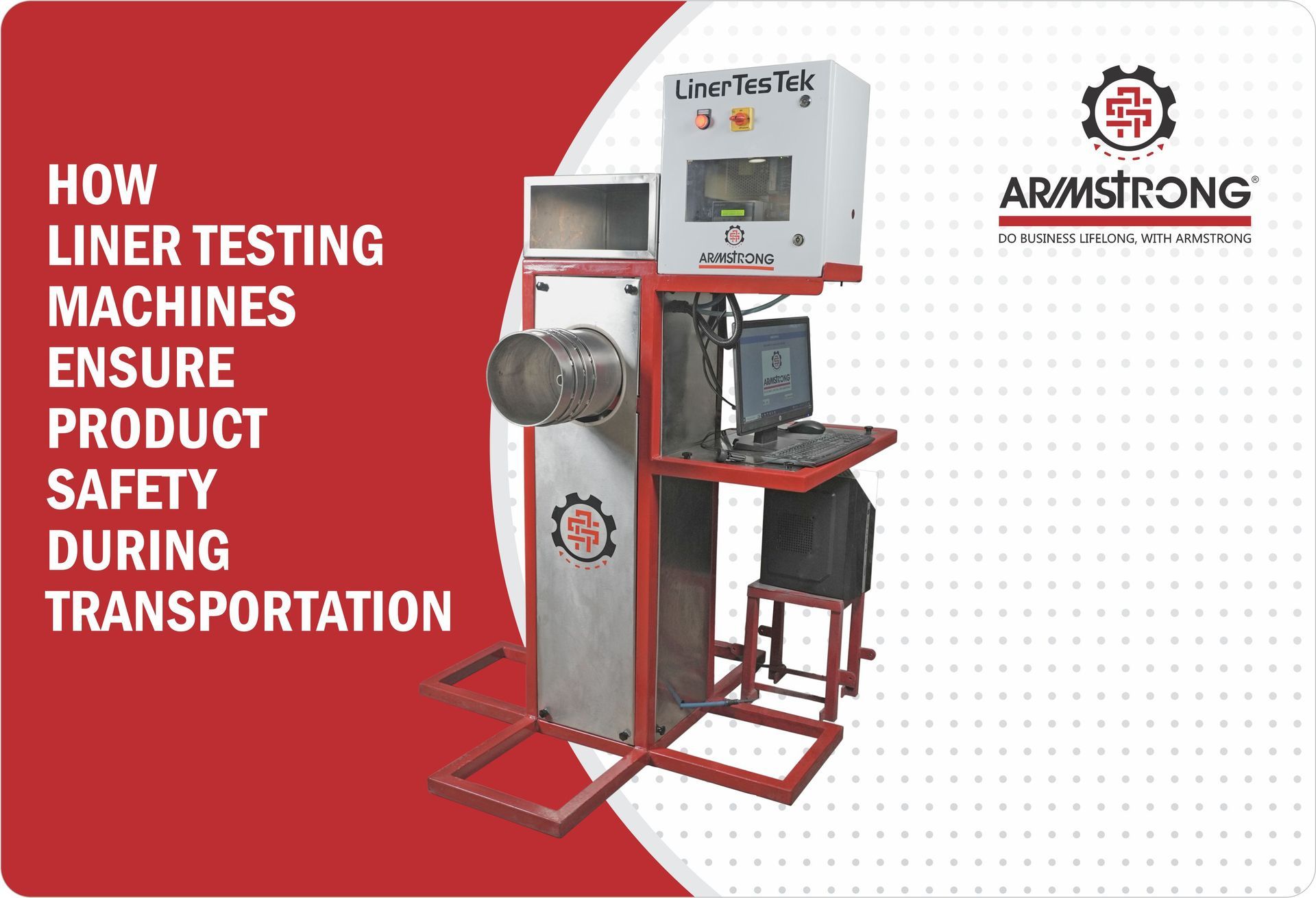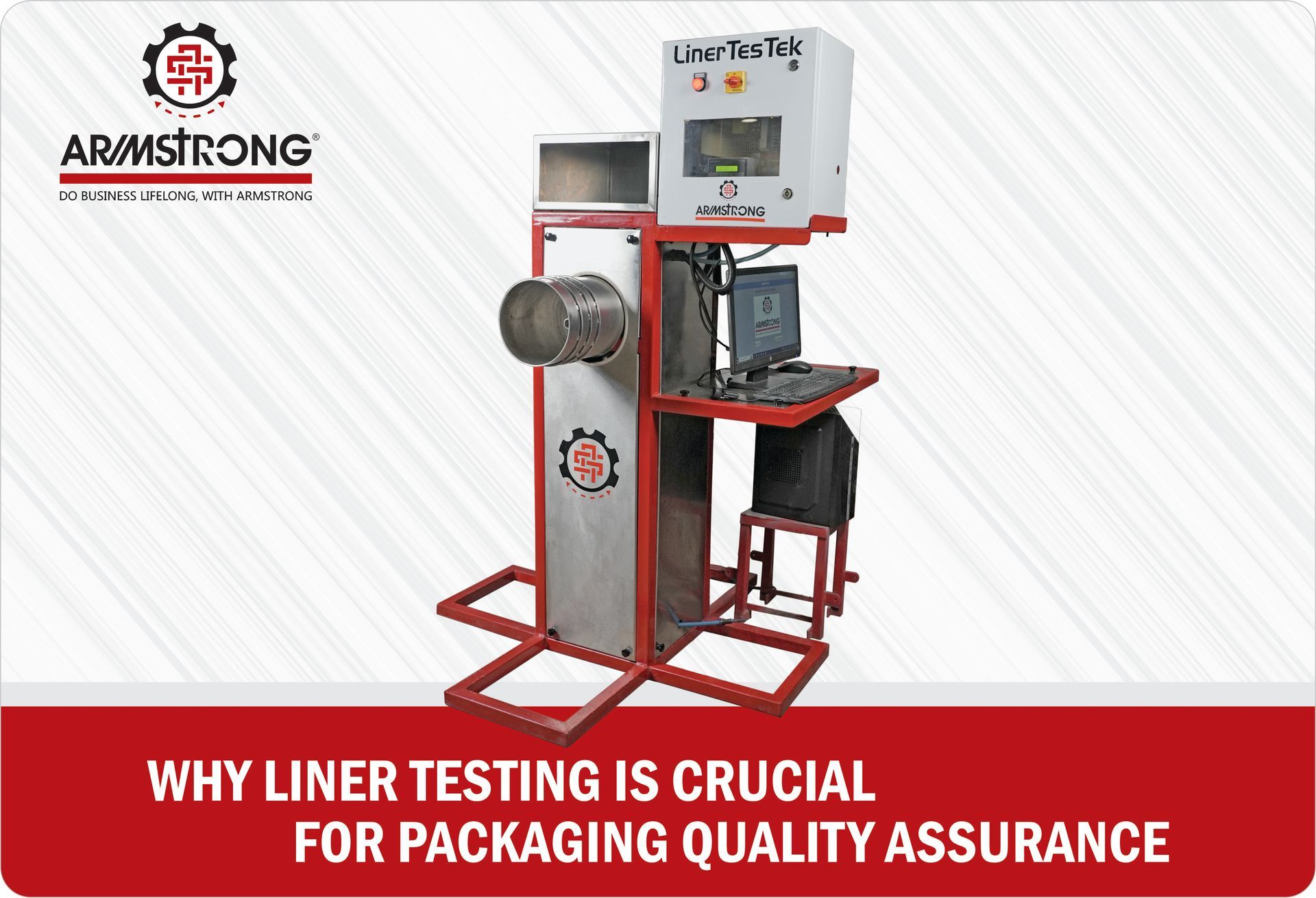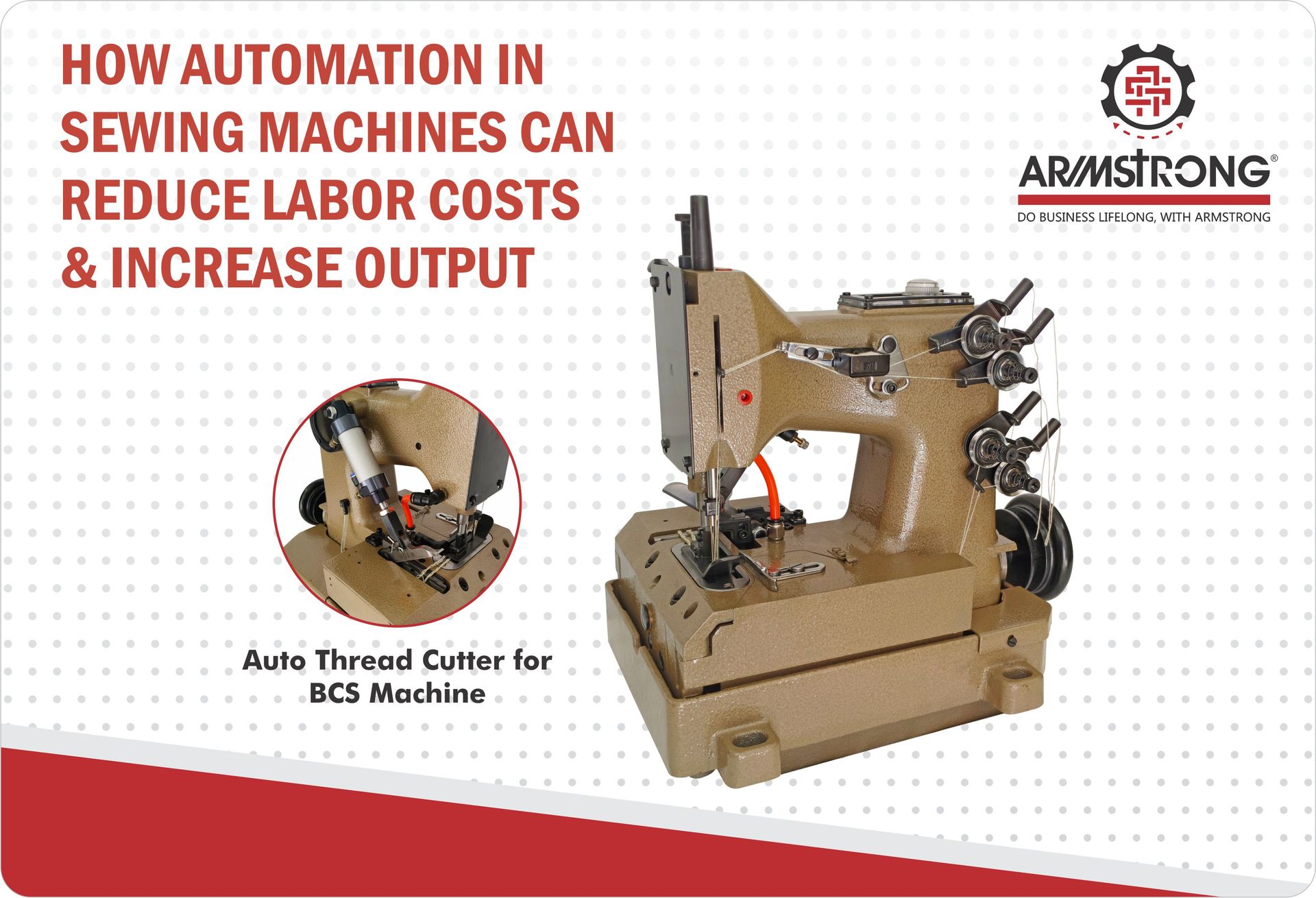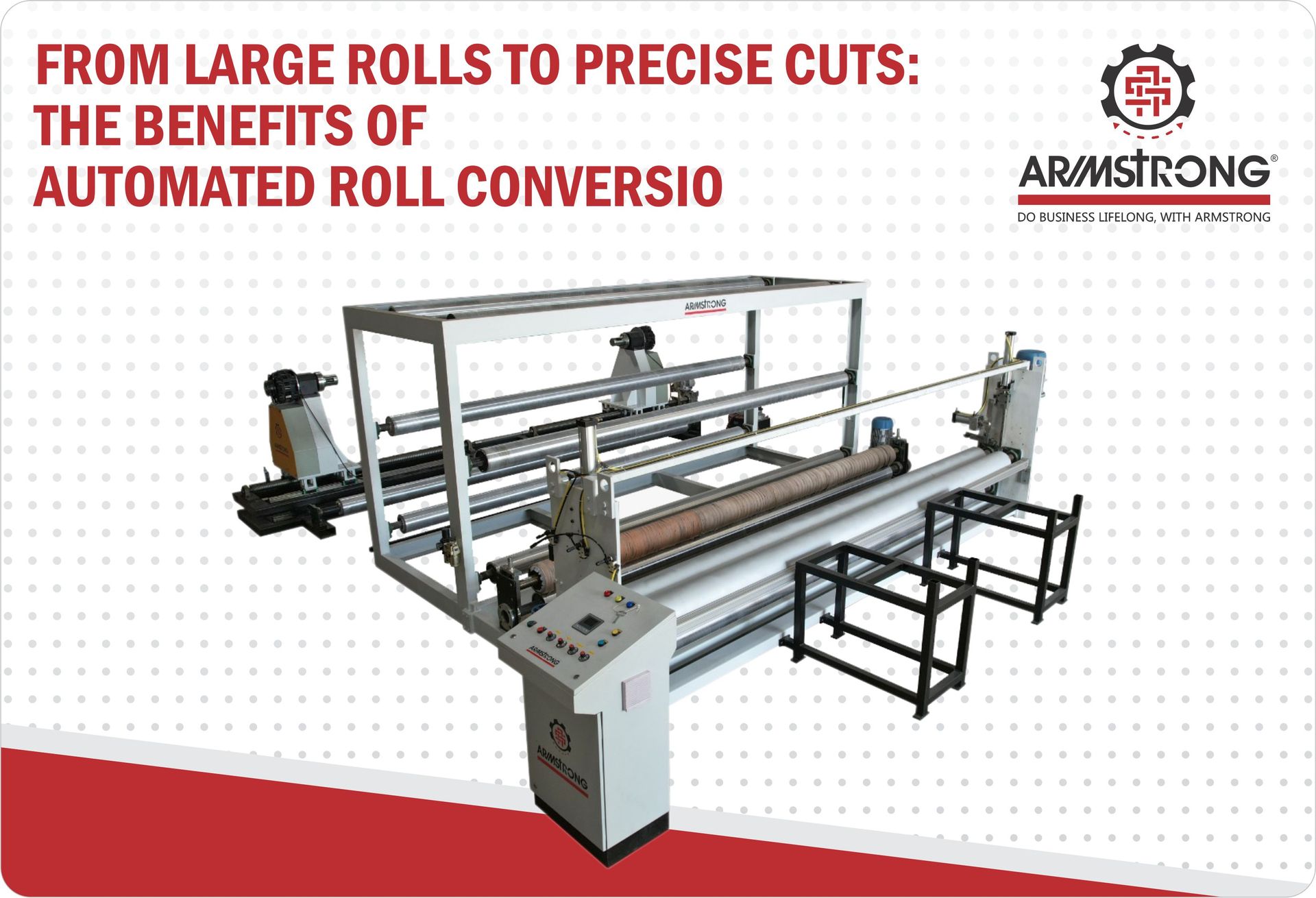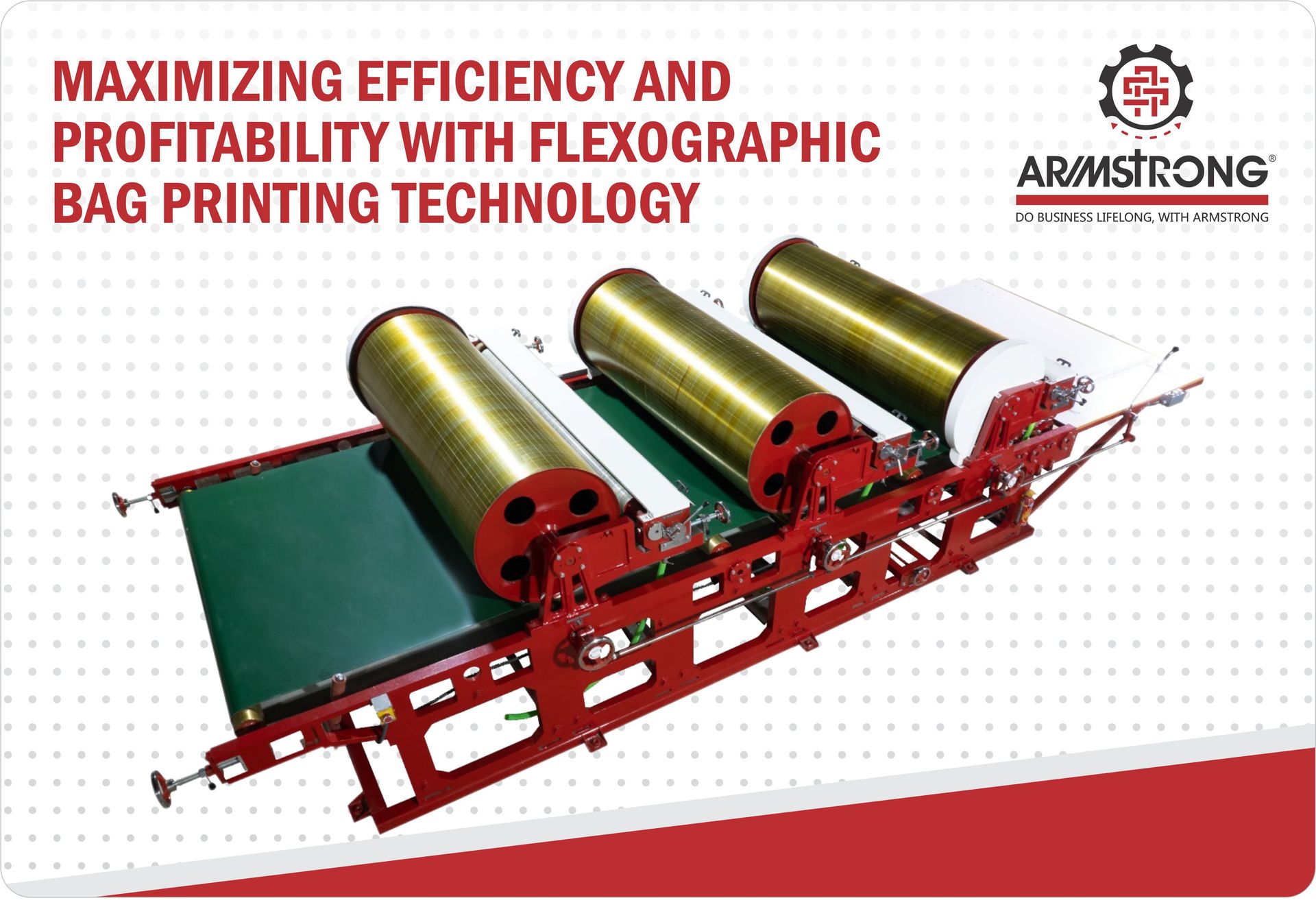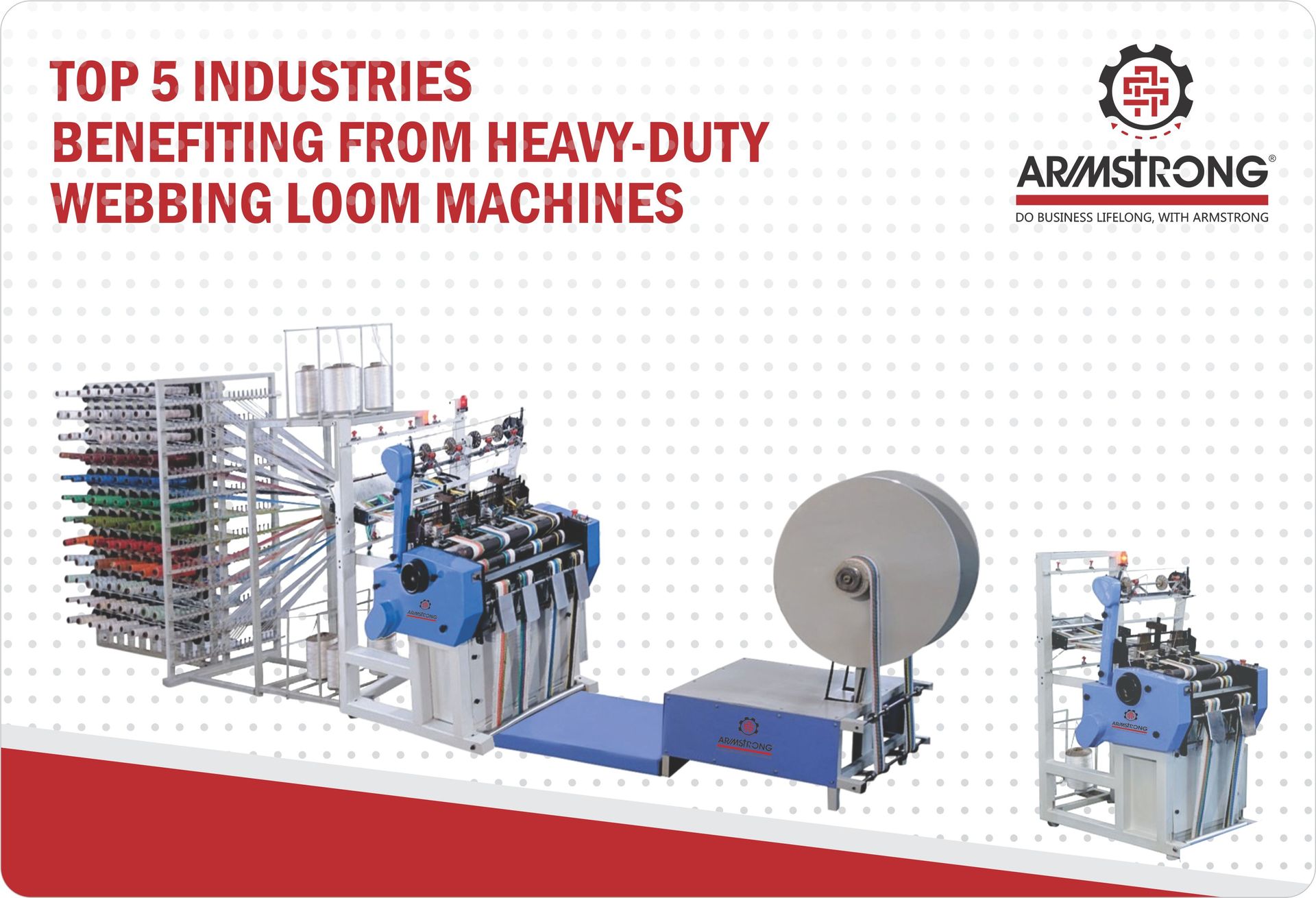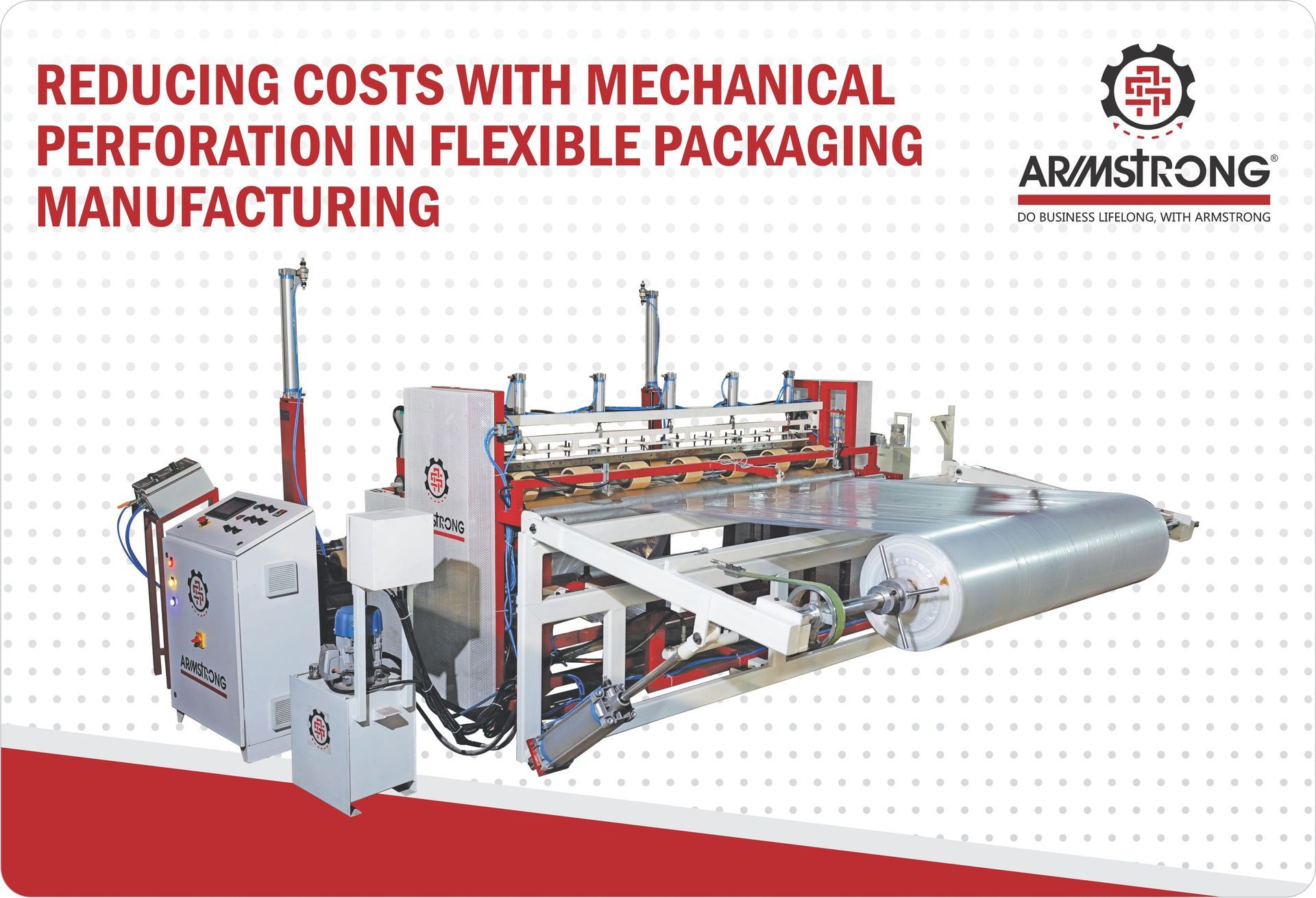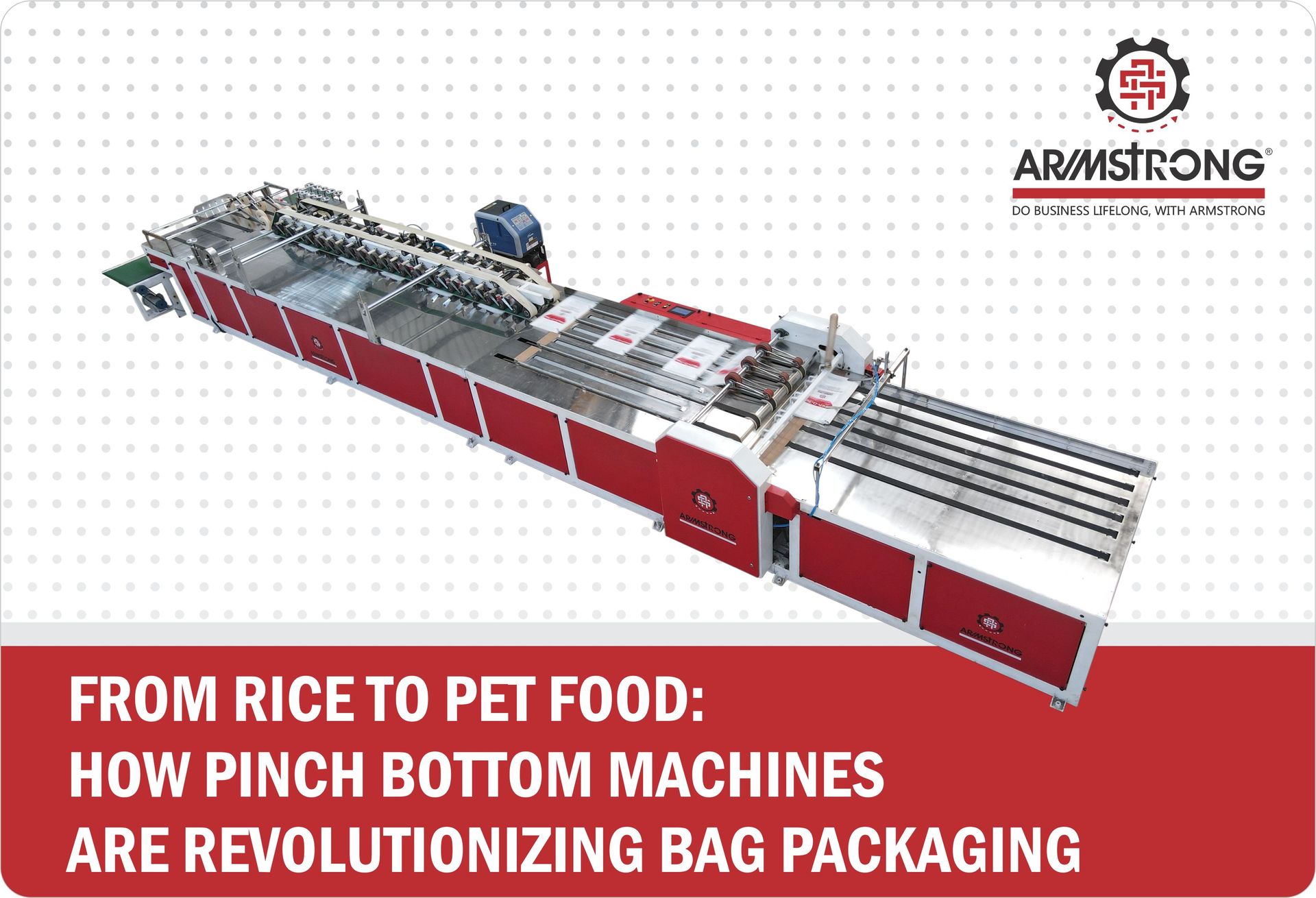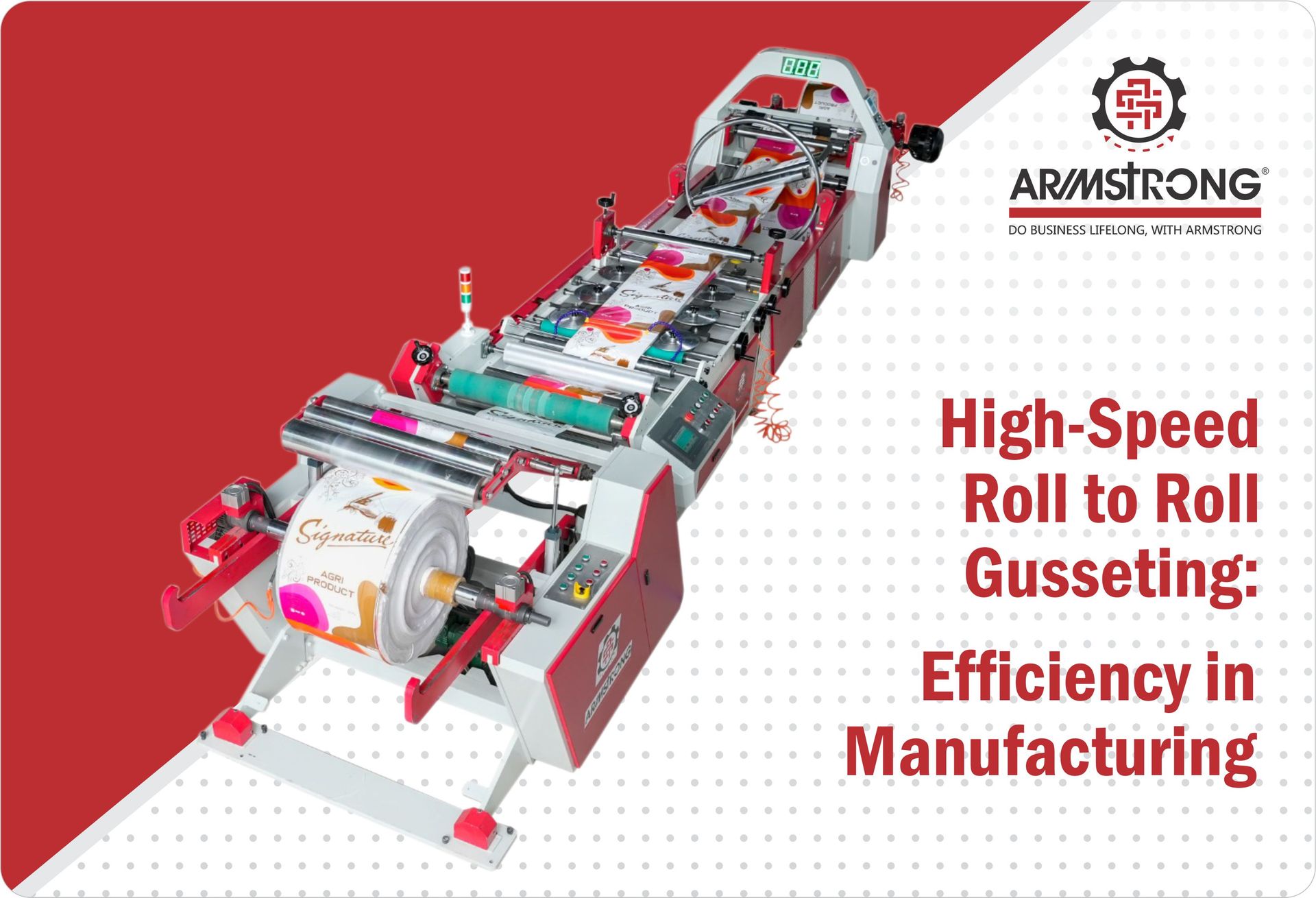Small Bags vs. Large Bags: How a Bale Press Machine Handles Both
Small Bags vs. Large Bags: How a Bale Press Machine Handles Both
In industries such as textiles, agriculture, and packaging, managing bulk materials efficiently is paramount. Whether it's a small quantity of goods or a massive shipment of materials, the need to store, transport, and manage packaging is constant.
One of the most effective ways to handle these materials is by using bale press machines, which are designed to compact and manage both small and large bags efficiently.
In this blog post, we will explore how bale press machines work, the differences between small and large bags, and how machines like the Electric Bale Press Machine from Armstrong provide versatile solutions for a wide range of packaging needs.
What Is a Bale Press Machine?
A bale press machine is a powerful and efficient piece of equipment used to compress and compact bags of various sizes. Commonly used in industries like textiles, agriculture, and packaging, these machines are ideal for pressing large-sized bags, such as Flexible Intermediate Bulk Containers (FIBC) or jumbo bags, and small bags as well.
Bale press machines are essential for minimizing storage space and improving efficiency by compacting materials into easily manageable bales.
These machines use electric power to apply consistent pressure, compressing the contents of the bags to create tightly bound bales. This process not only improves the handling and storage of materials but also enhances the efficiency of logistics operations, making it easier to transport goods.
The Need for Handling Both Small and Large Bags
- Small Bags
Small bags typically refer to packaging that holds a relatively low volume of materials. Examples of small bags include:
- Retail packaging: Bags used for consumer goods in retail stores.
- Food packaging: Smaller bags designed to hold food items, such as flour, sugar, and grains.
- Textiles: Small bags containing textiles, clothing, and fabric rolls.
While these bags may not be as large or bulky as their bigger counterparts, handling them is still crucial in industries where products need to be stored, transported, or compressed efficiently. Bale press machines are used to compact and store these smaller bags, making them easier to handle and transport.
- Large Bags
Large bags, such as FIBC bags or jumbo bags, are designed to hold bulk quantities of materials. These can range from agricultural products like grains, chemicals, and fertilizers to construction materials like sand or gravel.
The need for compacting and compressing large bags arises from the desire to optimize storage space, ease transportation, and improve warehouse organization.
- FIBC Bags (Flexible Intermediate Bulk Containers): These are large, industrial-sized bags designed to store and transport bulk quantities of materials.
- Agricultural Products: Often used for storing grains, seeds, and fertilizers.
- Textiles and Fabrics: Large bales of fabrics or materials can be compressed into manageable bales for easier handling.
How the Electric Bale Press Machine Works
The Electric Bale Press Machine from Armstrong is specifically designed to handle both small and large bags. Here are the features that make it highly effective for both types of packaging:
1. Size Handling Flexibility
One of the standout features of the Electric Bale Press Machine is its ability to handle different bag sizes. Whether it's a small bag of textiles or a jumbo-sized FIBC bag, the machine's adjustable settings allow it to apply the correct amount of pressure for optimal compaction.
For small bags, the machine compresses the contents into tightly bound bales that can easily be stacked, stored, and transported. For large bags, the bale press applies consistent and powerful pressure to create large, compact bales, making them easier to manage and store in warehouses or shipping containers.
2. Pressing and Compacting Capabilities
The primary function of any bale press machine is to press and compact materials into smaller, manageable units. The Electric Bale Press Machine achieves this by applying consistent pressure, which reduces the size of both small and large bags.
For small bags, this results in a reduction in their volume, making them easier to store and transport. For large bags, the machine compacts large volumes of materials into dense, stable bales that can be moved with ease. This process helps maximize storage capacity and improve space utilization.
3. Automation for Improved Efficiency
Automation is another critical feature of the Electric Bale Press Machine. The automated system ensures that the pressing process is consistent and reliable, reducing the need for manual labour and speeding up the overall packing process.
With automated operations, the machine is able to press multiple bags in a short amount of time, making it ideal for high-volume production environments. Whether handling small or large bags, the machine offers the same level of efficiency, allowing for a streamlined packaging process.
4. Strapping and Sealing
Once the bags are compressed, the Electric Bale Press Machine can automatically strap and seal them. Strapping is essential for securing the bales, ensuring that they don't come apart during transportation or storage.
The machine is designed to apply firm and durable straps around the compacted bags, whether they are small or large. This additional step enhances the security of the packaging and reduces the risk of damage during the transport process.
5. Space-Saving Design
One of the main advantages of using a bale press machine is its ability to save space. By compressing bags into bales, the machine minimizes the volume of the packaged materials, allowing for more efficient use of storage space.
Small bags, when pressed, can be stacked more efficiently, while large bags become compact enough to be stored in smaller spaces. The ability to reduce the overall volume of bags makes it easier to organize materials and store them more efficiently, whether in warehouses or shipping containers.
The Benefits of Using a Bale Press Machine for Small and Large Bags
Using an Electric Bale Press Machine to handle both small and large bags offers several key benefits:
1. Improved Efficiency
The automation and powerful compression capabilities of the machine make it faster and more efficient than manual labour. With the ability to handle both small and large bags, the machine streamlines the packing process and reduces downtime.
2. Cost-Effective Storage
By reducing the size of the packaging, the machine helps companies save on storage space. This leads to cost savings, as less storage space is required for the same quantity of materials.
3. Enhanced Transportation
When materials are compacted into bales, they are easier to load, unload, and transport. Whether dealing with small retail-sized bags or massive industrial containers, the consistent shape and secure strapping of the bales make transportation smoother and more reliable.
4. Environmental Benefits
Bale press machines help reduce waste and improve recycling efforts. By compacting packaging materials, the machine makes it easier to recycle and dispose of materials efficiently. This contributes to sustainability efforts in industries like agriculture, textiles, and packaging.
5. Increased Productivity
The ability to handle both small and large bags with a single machine boosts productivity. With consistent results and fewer manual interventions, the production process is more streamlined, leading to faster output and higher profitability.
Conclusion
In packaging, having the right equipment to handle both small and large bags efficiently is essential. The Electric Bale Press Machine from Armstrong offers a versatile solution for industries in need of reliable, space-saving, and cost-effective packaging methods.
Whether you are pressing small bags of retail goods or large FIBC bags of bulk materials, Armstrong's bale press machine ensures a seamless and efficient process.
If you are ready to optimize your packaging and storage processes, contact Armstrong today to learn more about how our bale press machines can enhance your operations. Don't let inefficient packaging slow you down. Let Armstrong provide the solution that works for both small and large bag handling.
